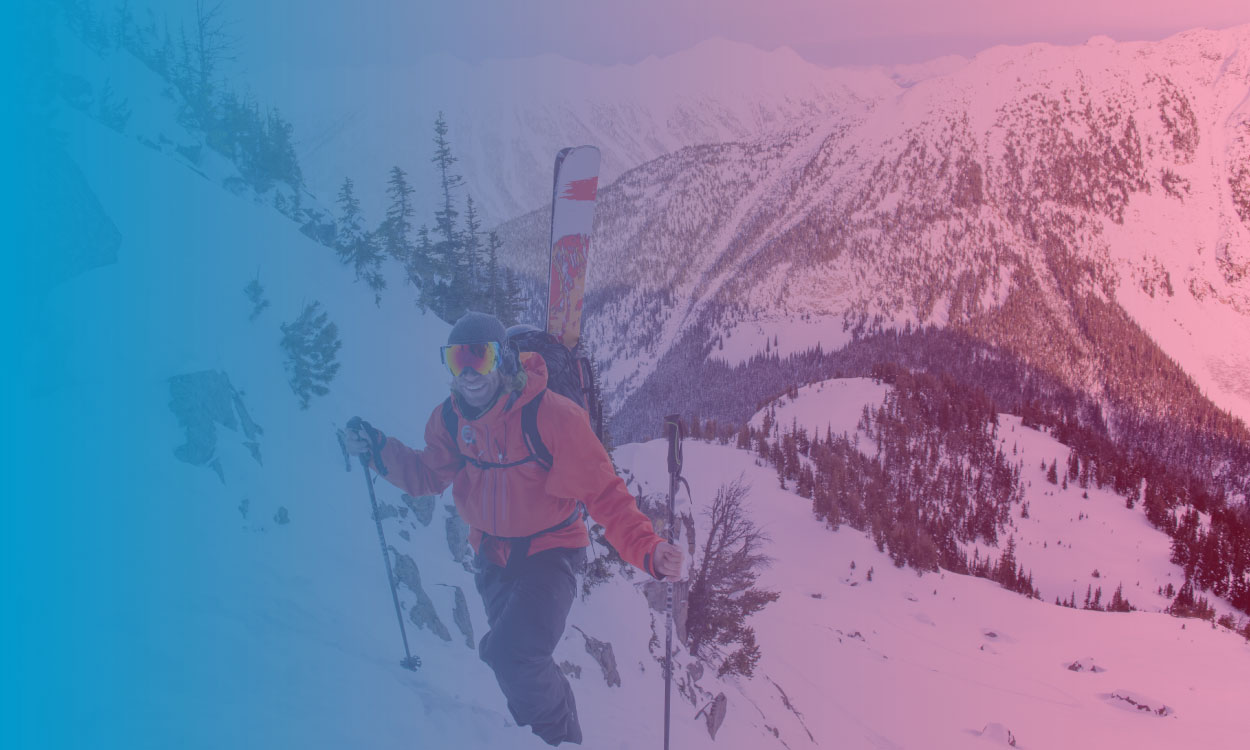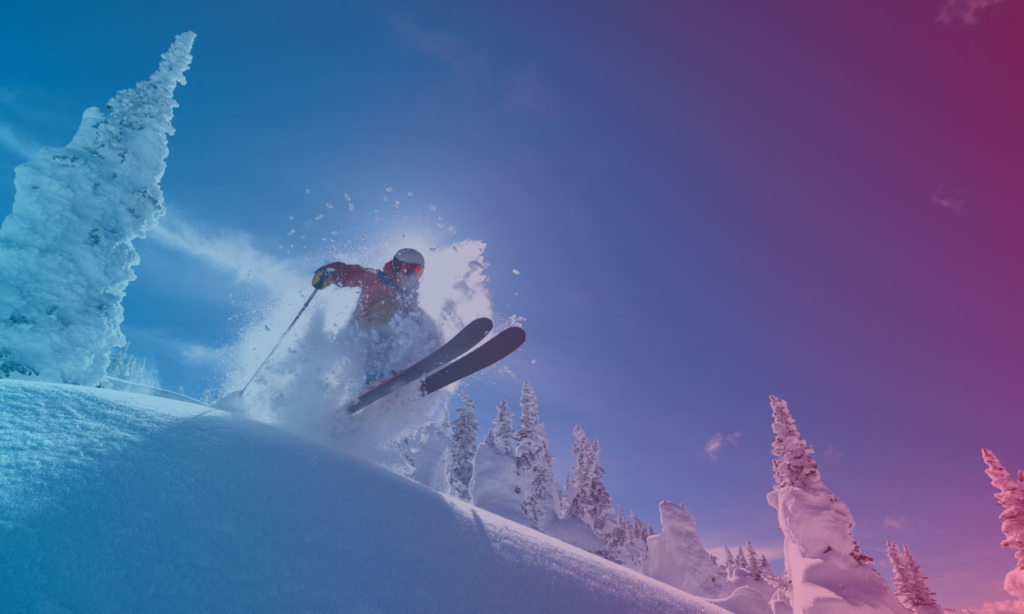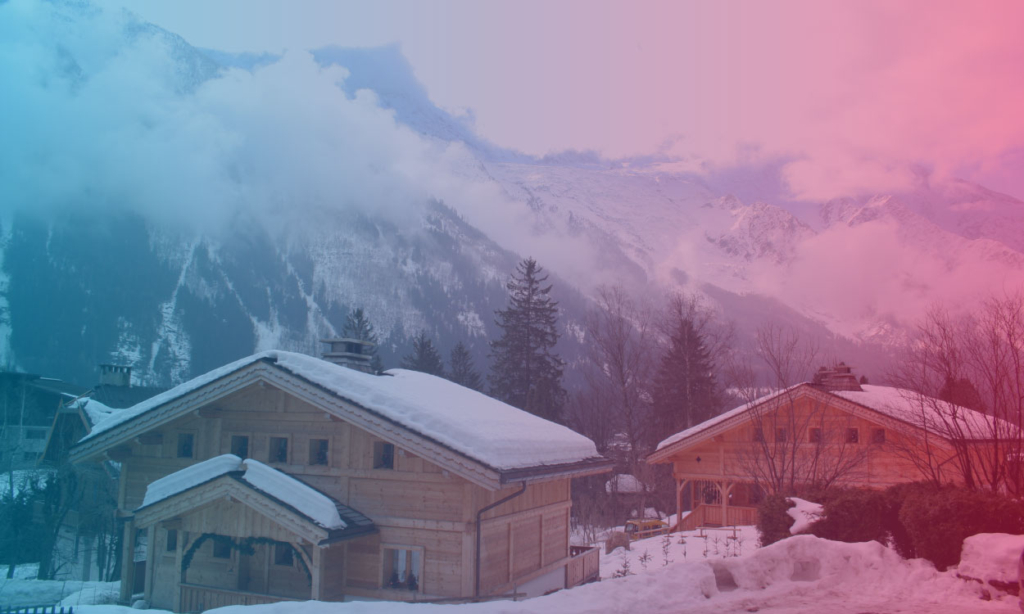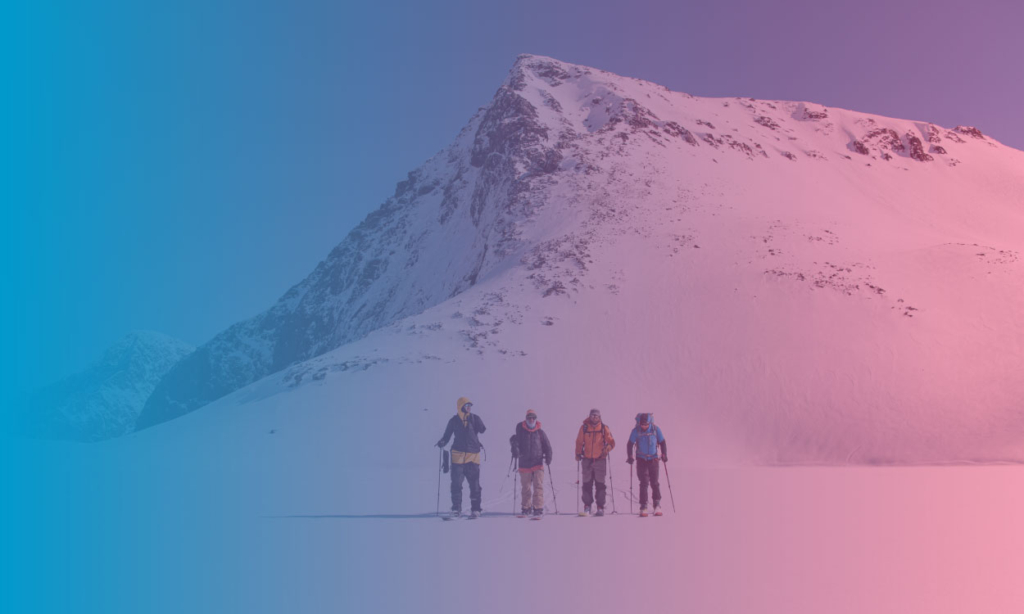What is Backcountry Skiing?
The Alps are one of the world’s most spectacular winter playgrounds, attracting skiers and snowboarders from all over the world. Once you’ve flown into Geneva or your airport of choice, one of the first questions you’ll face is how to get to your resort. That’s where the team here at Alpine Fleet comes in. We offer leading private and shared transfers for all travellers, making the journey smooth and convenient.
Once you’ve reached the mountains, you might want to go beyond the pistes and explore some adventurous backcountry skiing. In this article, we’ll take a closer look at what this activity actually is and the best places in the Alps to enjoy it.
Read on for more information…

What is backcountry skiing?
Backcountry skiing, sometimes called ‘off-piste skiing’, is the practice of skiing outside the marked trails at a resort. Unlike traditional alpine skiing, which takes place on maintained slopes and areas that are specifically designated for skiing, backcountry skiing is all about exploring the wilderness and skiing on terrain that is not part of the main skiing area.
It can involve anything from short off-piste ski trips to spending full-day expeditions heading deep into mountain terrain.
The rewards of backcountry skiing are immense, as it offers incredible scenery and the thrill of carving your own line in the snow. But it’s also a challenging discipline that requires skill and respect for the mountainous terrain. As such, thorough preparation is required.
How to prepare for backcountry skiing
Venturing into the backcountry isn’t something you do on a whim. Preparation is key if you are to enjoy the experience safely. Here are some things you should prepare before heading off-piste:
Educate yourself on avalanches
Avalanches are perhaps the biggest risk in backcountry skiing. Before setting out, it’s crucial to understand how they occur and assess the snow’s stability. Many resorts in the Alps provide advice on avalanches, and attending an avalanche safety course will help you learn how to read the terrain and recognise the warning signs.
Make sure you’re fit enough
Backcountry skiing is far more physically demanding than skiing in a resort. Often, it requires uphill hiking with heavy gear and traversing across challenging terrain. Therefore, proper fitness is vital, so you should make sure you’re physically up for it before setting off.
Enlist the help of a local guide
Even for expert skiers, hiring a local guide is one of the smartest moves you can make when backcountry skiing. Guides know the weather, understand weather patterns and snow conditions better than anyone. This means they can keep you safe and help you avoid unnecessary risks while also taking you to the best spots.
Get the right gear
Standard skiing equipment won’t cut it when in the backcountry. You should take:
- Avalanche equipment like transceivers, shovels and probes
- Touring skis or a splitboard
- Helmet, goggles and an avalanche airbag for extra safety
You can sometimes rent this equipment from your chosen resort.
Plan your trip
Planning is just as important as execution. Always check the weather forecast and avalanche bulletin ahead of time before heading out. Also, you should map your route in advance and share your plans with people who are staying behind. Ensure your phone is fully charged and consider a GPS, too.
Dangers of backcountry skiing
There are significant risks of backcountry skiing, including:
- Injury: Remote terrain means medical help might be far away. Skiing is inherently dangerous, even more so when you’re off-piste, and even minor injuries can become major problems when you’re deep in the backcountry.
- Avalanches: Sudden, powerful and unpredictable avalanches are the biggest danger of backcountry skiing. Proper training and constant vigilance are essential.
- Lack of snow coverage: Early and late in the season, snow might not be as thick as it looks, and rocks or tree stumps may be underneath it, which can cause hazards.
- Water hazards: Rivers, streams, or thin ice can be hidden under snow, which can create dangerous traps.
- Tree wells: The area around the base of a tree where snow collects unevenly can trap skiers who fall into them. They are often very difficult to get out of and are especially hazardous in areas of deep snow.
- Animals: While less common, encounters with local wildlife can also be dangerous in some areas. Wolves, wild boar, and sometimes even bears can be found in mountainous terrain.
Best places in the Alps for backcountry skiing?
The Alps are full of great places for backcountry enthusiasts to explore. Some of the best to consider include:
Chamonix
Chamonix offers legendary routes that provide skiers with the chance to see dramatic glaciers and steep couloirs. It is a paradise for advanced skiers, and local guides are highly recommended due to the challenging nature of the conditions.
Tignes
Known for its reliable snow and high-altitude terrain, Tignes offers a wide range of off-piste routes accessible from its lifts. Here, there is something for everyone, no matter what kind of backcountry experience you’re looking for.
Val d’Isere
Neighbouring Tignes, Val d’Isere boasts great off-piste areas, and it is popular with backcountry enthusiasts while also hosting avalanche training courses to keep you safe.
Morzine
Part of the iconic Portes du Soleil ski area, Morzine combines accessibility with adventure. The terrain can be less intimidating than other areas in the Alps, but it still has a lot of untracked powder that makes it a great choice.
Meribel
Located in the heart of the Three Valleys, Meribel offers access to expansive off-piste opportunities. Its central location makes it a great choice for exploring multiple areas with stunning scenery.
Seamless Transfers to Your Backcountry Skiing Adventure
The first step to any backcountry skiing trip in the Alps is getting there smoothly and comfortably. With Alpine Fleet, you can choose between leading private and shared transfers that will take you to your resort without having to wait around at the airport.
We operate from Geneva Airport as well as other major airports in the region, making your journey hassle-free so you can focus on your upcoming adventure. To book your transfer, contact our team today.


